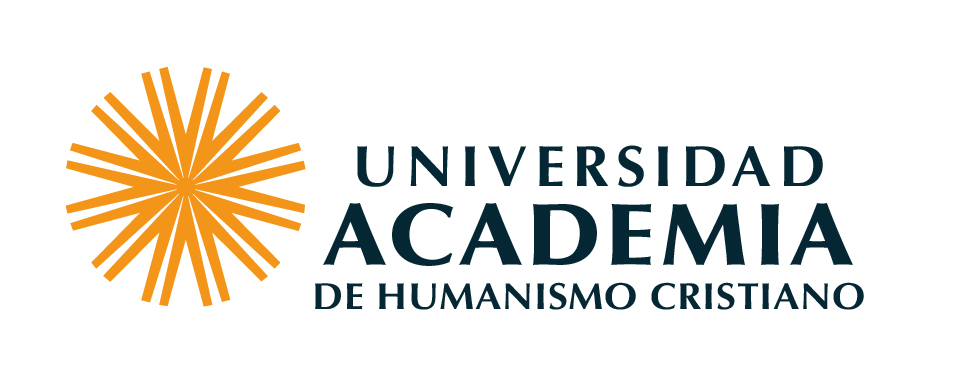Embedded symmetries : Natural and cultural / Dorothy K. Washburn (Editor).
Material type: TextSeries: Amerind Foundation New World studies series ; 6Publication details: University of New Mexico Albuquerque 2004Description: 224 pISBN:
TextSeries: Amerind Foundation New World studies series ; 6Publication details: University of New Mexico Albuquerque 2004Description: 224 pISBN: - 0826331521
| Item type | Current library | Collection | Call number | Copy number | Status | Date due | Barcode | |
|---|---|---|---|---|---|---|---|---|
| Libro | Biblioteca Central Colección General | General | 117 EMB (Browse shelf(Opens below)) | 1 | Available | 1347067 |
Introduction: Embedded symmetries / Dorothy K. Washburn -- Symmetries in development : the eye is quicker than the hand / Diane Humphrey -- The perception of band patterns : going beyond geometry / Michael Kubovy and Lars Strother -- Evolutionary developments in the cognition of symmetry / Thomas Wynn -- The genesis of realistic and patterned representations / Dorothy K. Washburn -- Symmetry on Paracas Necrópolis textiles / Anne Paul -- Jazz : an Andean sense of symmetry / Ed Franquemont -- The ghost in the machine : symmetry and representation in ancient Antillean art / Peter G. Roe -- Symmetry for itself, for culture, and for practice / F. Allan Hanson -- Symmetry and semiotics : the case of Fijian barkcloth figuration / Rod Ewins.
The ten participants in this volume explore nonrepresentational\patterns from perceptual and cultural perspectives. Archaeologists,\anthropologists, art historians, and psychologists lend their views\on how patterns and symmetry are expressed and resonate in a variety\of human relationships and institutions. The authors reveal how\symmetric relationships in human visual, verbal, and kinesthetic\manifestations are integral to cultural identity. Diane Humphrey uses\developmental studies of children and adults to explore how humans\learn to recognize and reproduce symmetry. Michael Kubovny and Lars\Strother focus on mathematically - and perceptually-based\understandings of symmetry while Thomas Wynn uses the production of\symmetrical tools as a basis for analysis. Dorothy Washburn attempts\to understand why symmetrical representations take the forms they do,\and she develops an evolutionary model of the development of\representational formats. Anne Paul seeks to understand the logic\behind color and structure of Paracas textiles, and Ed Franquemont\examines conceptual expression in Andean weaving. Peter Roe presents\evidence that the Amerindian world view can be found in design\organization on ceramic vessels while F. Allan Hanson and Rod Ewins\investigate the symmetries of art in Maori and Fijian cultures.\Ultimately, this volume hopes to engage multidisciplinary approaches\to the study of pattern and symmetry and how they influence human\cultural formation and identity.
Prehistoria I (origen y evolución del hombre)
There are no comments on this title.

